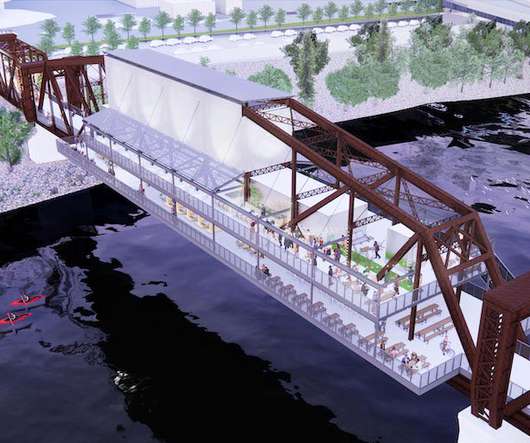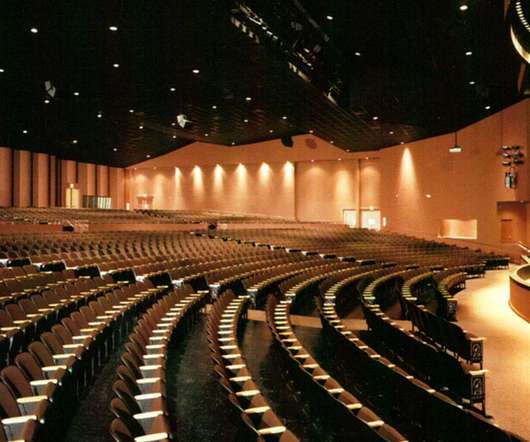Illinois town planning for $500M rail-served logistics center
Construction Dive
MARCH 6, 2018
The logistics center will use the Kansas City Southern Railroad. The freight rail industry is an estimated $60 billion business, comprising 140,000 miles.

Construction Dive
MARCH 6, 2018
The logistics center will use the Kansas City Southern Railroad. The freight rail industry is an estimated $60 billion business, comprising 140,000 miles.

ENR Construction
AUGUST 26, 2021
Locals hope that the redeveloped bridge will help spur the redevelopment of communities on either side of the crossing.
This site is protected by reCAPTCHA and the Google Privacy Policy and Terms of Service apply.

The Korte Company
AUGUST 5, 2020
A precedent for career goals had already been set in Tom’s family: working for the railroad. His father, a railroad engineer for the Cotton Belt Railroad. His grandfathers on both sides, railroad telegraphers. For Tom’s father, “the railroad was his life.” His uncle, a dispatcher for the Illinois Central.

Buisness Facilities Contributed Content
MAY 12, 2014
In comparison, railroads are in a much better position regarding infrastructure, equipment and personnel. Three Class I railroads (Norfolk Southern, Canadian Northern and the CSX) serve Decatur and are directly interconnected through a privately owned intermodal ramp as part of the Midwest Inland Port. Subsequently, the U.S.

Buisness Facilities Contributed Content
MARCH 7, 2014
Oklahoma is served by three Class 1 Railroads—UP, BNSF and Kansas City Southern—utilizing over 2,500 miles of Class 1 rail lines and over 3,700 total miles of rail. In addition to ground/trucking, we have an excellent proposition in air, rail, water, and pipeline distribution including 3 major airports, two with 9,800 ft.

Buisness Facilities Contributed Content
MARCH 22, 2013
Katoen Natie’s plans include developing tie-ins to rail assets served by Kansas City Southern Railway and Canadian National Railroad, potentially becoming one of the few facilities of its kind with dual railway access. “We We are excited about the new project that will expand our U.S. and global network,” Vingerhoets said.

Buisness Facilities Contributed Content
OCTOBER 22, 2012
The Railroad sector was the big winner with a 15.3 There are networks with 120,000 miles of major railroads, more than 25,000 miles of commercially navigable waterways and more than 5,000 public-use airports. Major metros such as Dallas, Kansas City, St. fuel consumption dropped. It is comprised of 3.9
Let's personalize your content